In the mysterious world of reptiles, some species have developed extraordinary adaptations that allow them to survive in challenging environments. Among these remarkable creatures is a master of camouflage and patience – the snake that can lie completely motionless for days beneath a blanket of moss. This behavior, fascinating to herpetologists and nature enthusiasts alike, represents one of nature’s most impressive survival strategies. Through remarkable physiological adaptations and evolutionary refinements, these serpents have perfected the art of stillness, becoming nearly indistinguishable from their surroundings while conserving energy and evading predators. Let’s explore the secretive world of these moss-dwelling ambush predators and uncover the science behind their incredible ability to remain perfectly still for extended periods.
The Gaboon Viper: Master of Moss Camouflage
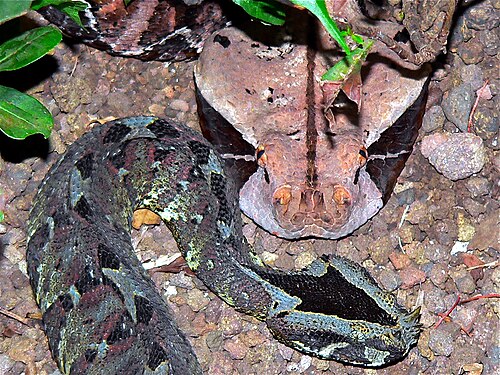
The Gaboon viper (Bitis gabonica) stands as perhaps the most remarkable example of a snake that can remain motionless under moss for extended periods. With its extraordinarily broad head and massive body, sometimes reaching weights of over 18 pounds, this venomous African viper possesses one of the most effective camouflage patterns in the snake world. Its intricate geometric patterns of browns, tans, and pinks blend seamlessly with forest floor detritus and moss, making it virtually invisible when stationary. The Gaboon viper’s patience is legendary among herpetologists, with documented cases of individuals remaining in the same position for up to two weeks while waiting for prey. Their ability to regulate metabolic processes allows them to maintain this impressive stillness without suffering negative physiological consequences.
Physiological Adaptations for Extended Immobility
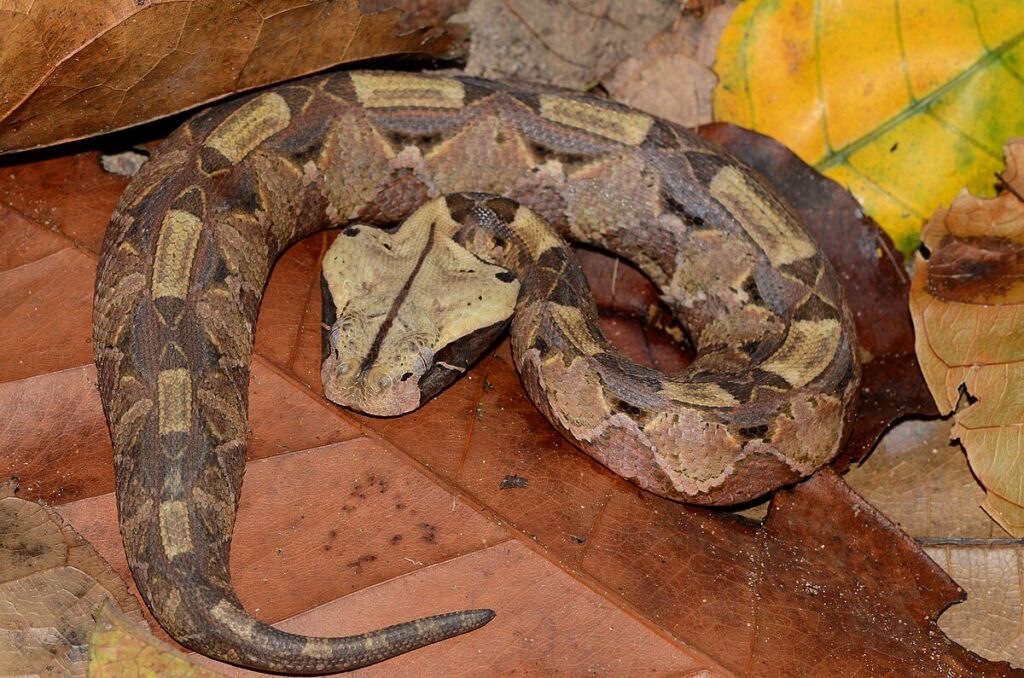
The ability to remain motionless for days isn’t merely a behavioral choice but relies on sophisticated physiological adaptations. These specialized snakes can dramatically lower their metabolic rates, reducing energy consumption to bare minimum levels while maintaining essential bodily functions. Their circulatory systems have evolved to function efficiently even during prolonged periods of immobility, preventing issues like blood pooling or muscle atrophy that would affect other animals. Respiratory adaptations allow them to take fewer, shallower breaths, minimizing any movement that might betray their presence to either predators or potential prey. Perhaps most remarkably, these snakes can maintain alertness and readiness to strike despite appearing completely dormant, with specialized neural pathways keeping sensory systems fully operational even in their seemingly dormant state.
The Ambush Hunting Strategy
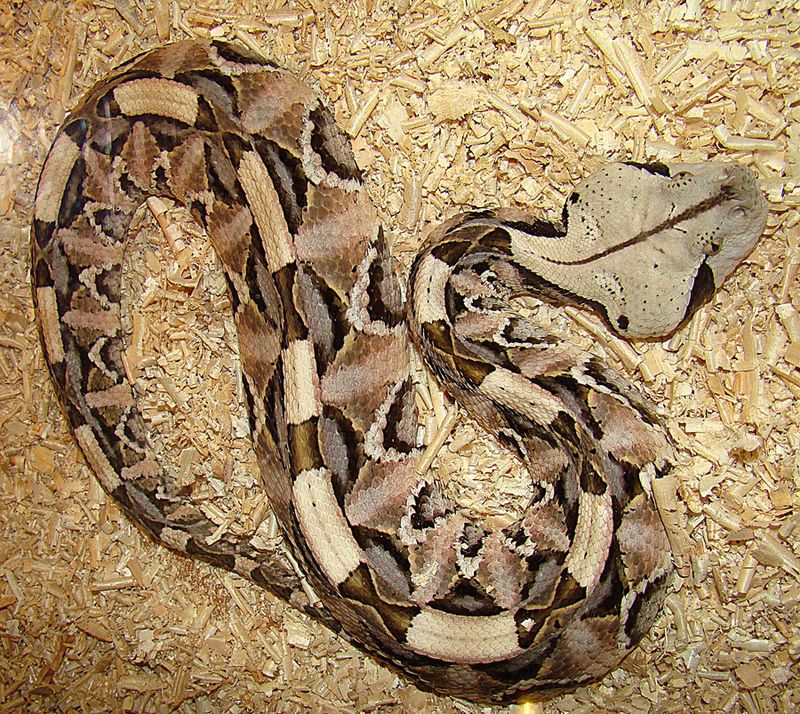
This extended motionlessness represents a sophisticated evolution of the ambush hunting strategy employed by numerous snake species worldwide. Rather than actively pursuing prey, which would consume valuable energy reserves, these moss-dwelling specialists allow prey to come to them. By selecting strategic positions along game trails or near rodent burrows, then disappearing beneath a natural camouflage of moss and debris, they create the perfect trap. When potential prey ventures within striking range, which can be surprisingly extensive due to their proportionally long fangs and powerful musculature, they explode into action with astonishing speed. This hunting method is remarkably efficient, requiring minimal energy expenditure while maximizing successful hunting opportunities. Studies have shown that some ambush-hunting vipers may make successful kills on as few as 10-12 occasions per year, yet maintain healthy body conditions.
The Green Pit Viper’s Mossy Domain
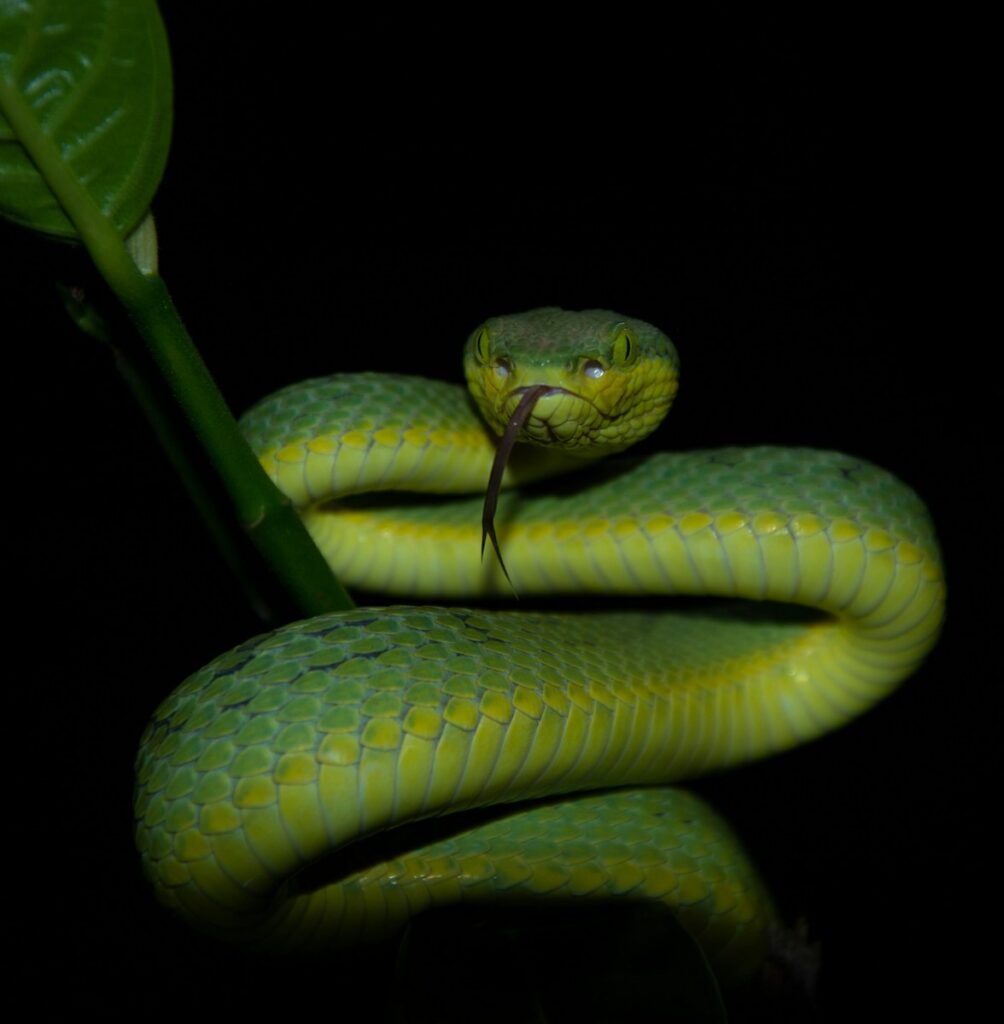
Throughout the humid forests of Southeast Asia, the green pit viper (Trimeresurus species) represents another specialist in moss-dwelling stealth. These arboreal or semi-arboreal venomous snakes possess vibrant green coloration that perfectly matches the mossy environments they inhabit. Unlike some ground-dwelling ambush hunters, green pit vipers often position themselves on moss-covered branches or tree trunks, remaining frozen in striking position for remarkable periods. Their heat-sensing pit organs provide a significant advantage, allowing them to detect warm-blooded prey even in complete darkness or when the prey is completely hidden from visual detection. Some species within this group have been documented maintaining hunting positions for 3-5 days without shifting position, showcasing exceptional patience as they wait for the perfect opportunity to strike.
Thermal Regulation Challenges and Solutions
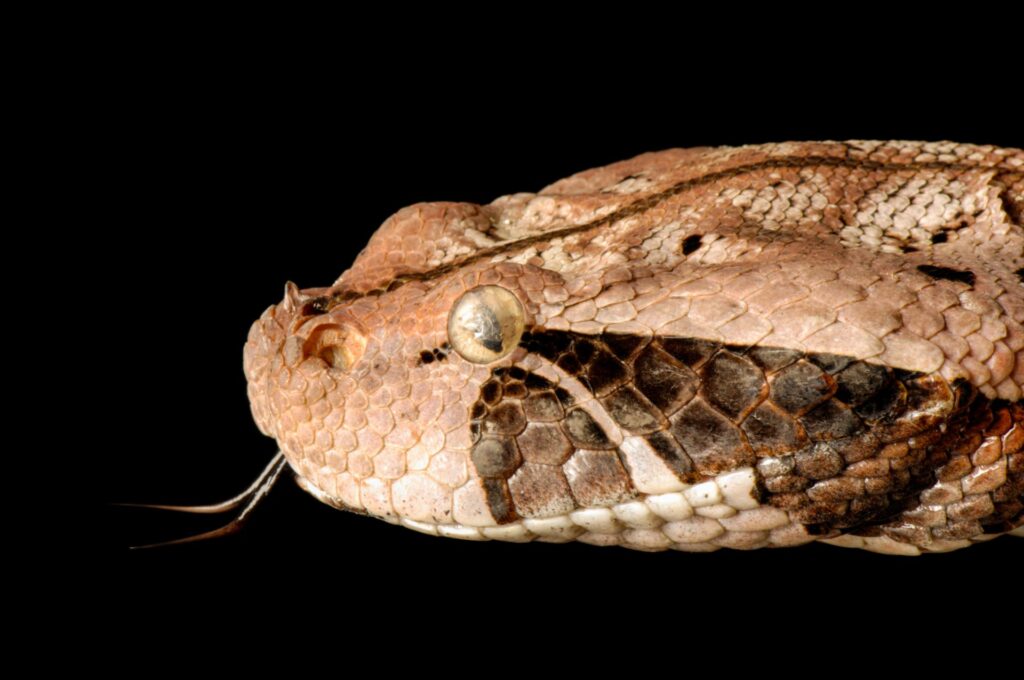
For ectothermic animals like snakes, remaining stationary presents significant thermal regulation challenges, especially in environments where temperatures fluctuate. Moss-dwelling specialists have evolved remarkable adaptations to address this fundamental issue. Many species select ambush locations that provide optimal thermal properties, such as areas that receive dappled sunlight or retain heat from daytime warming. The moss itself serves as an excellent insulator, helping to maintain more stable body temperatures despite environmental fluctuations. Some species can also engage in subtle, nearly imperceptible muscular adjustments that generate minimal heat without creating visible movement. Perhaps most impressively, their metabolic systems can function efficiently across a wider temperature range than many other reptiles, allowing them to remain effective predators even when body temperatures are suboptimal.
The Hognose Snake’s Moss-Covered Deception

The eastern hognose snake (Heterodon platirhinos) employs a fascinating variation of the motionless strategy, often partially burying itself beneath moss and leaf litter with only its upturned snout exposed for breathing. This North American species combines camouflage with an elaborate defensive display when threatened, first flattening its neck and hissing loudly, then rolling onto its back and playing dead if intimidation fails. Their ability to remain motionless during this death-feigning behavior is remarkable, with individuals sometimes maintaining the act for hours even when handled or moved. Hognose snakes often select moss-covered areas for both hunting and protection, as their mottled patterns blend perfectly with the textured environment. Their distinctive upturned snout serves a dual purpose—allowing them to breathe while mostly buried and aiding in digging for their preferred prey of toads and amphibians.
The European Adder’s Northern Strategy
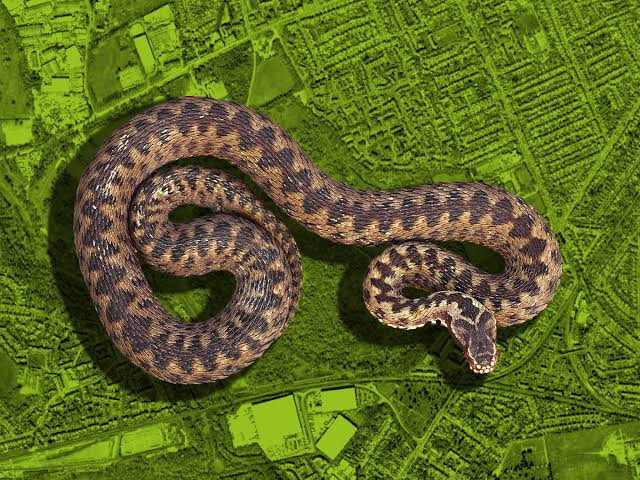
In the cooler northern regions of Europe, the common European adder (Vipera berus) has perfected the art of moss-covered patience as a survival strategy in challenging climates. These relatively small venomous snakes often position themselves beneath moss and forest debris, remaining immobile for extended periods to conserve energy in environments where feeding opportunities may be limited. Their distinctive zigzag dorsal pattern provides exceptional camouflage when nestled among mosses and lichens of the forest floor. European adders are particularly notable for their ability to remain motionless even in quite cold conditions, with metabolic adaptations allowing them to function at lower body temperatures than many other snake species. During their hunting periods, which may be limited in northern regions, they can maintain ambush positions for several days between movements.
The Death Adder’s Lethal Stillness
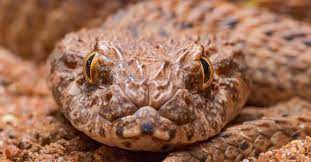
Among Australia’s venomous snake species, the death adder (Acanthophis species) stands out for its remarkable ability to remain motionless under moss and leaf litter for extraordinary periods. Unlike many elapid snakes that actively hunt prey, death adders have evolved a viper-like ambush strategy, complete with a viper-like appearance despite being true elapids. Their specialized tail tip can be wiggled to mimic a grub or worm, attracting potential prey while the snake’s body remains perfectly camouflaged and still beneath moss and forest debris. Death adders have been documented maintaining ambush positions for up to a week in the wild, shifting position only slightly when necessary for thermoregulation. Their lethal venom and lightning-fast strike, among the quickest in the snake world, compensate for their relatively slow locomotion when moving between hunting sites.
Predator Avoidance Through Stillness

While ambush hunting represents one advantage of remaining motionless under moss, equally important is the protection this behavior provides against potential predators. Many animals primarily detect prey through movement, making a perfectly still snake nearly invisible even to keen-eyed predators like raptors or mammalian carnivores. The textured surface of moss further breaks up the snake’s outline, disrupting the visual pattern recognition that predators use to identify potential prey. For some species, this stillness is complemented by specialized respiratory adaptations that minimize the subtle movements of breathing, making detection even more difficult. Research has shown that some moss-dwelling snake species can reduce their respiratory rate by up to 70% during these motionless periods, taking extremely shallow breaths at extended intervals to maintain their perfect camouflage.
The Role of Moss in Creating Microhabitats
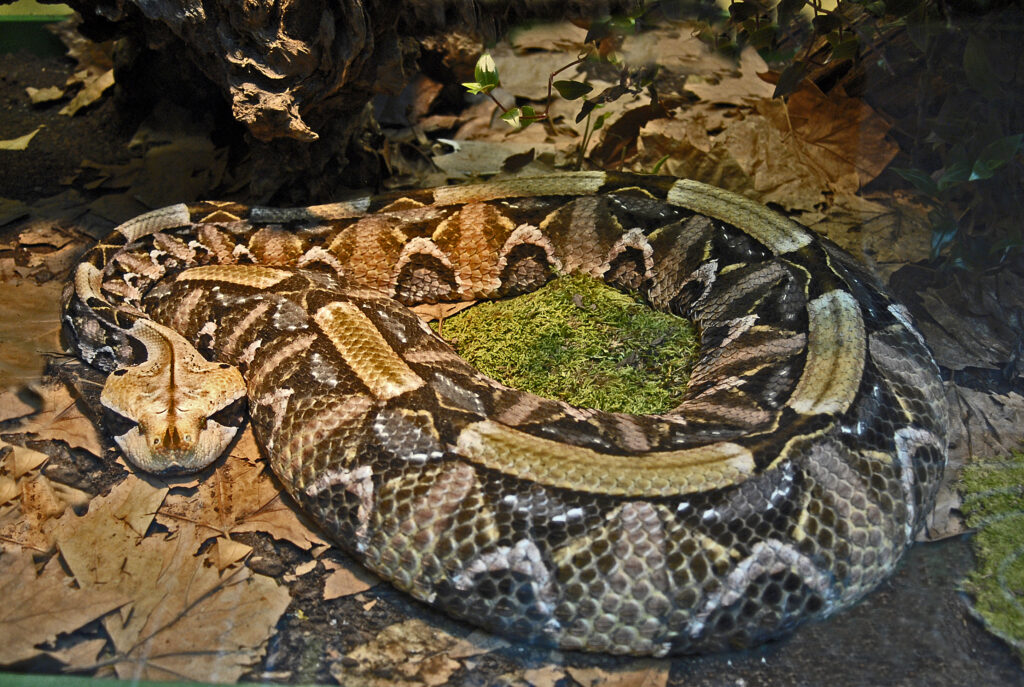
The relationship between moss and these specialized snakes extends beyond simple camouflage into a complex ecological partnership. Moss creates crucial microhabitats that provide these reptiles with specific benefits that enhance their survival prospects. The high moisture retention capacity of moss helps maintain humidity levels critical for many snake species, preventing dehydration during extended periods of immobility. Temperature moderation is another significant benefit, as moss can buffer against extreme temperature fluctuations, providing a more stable thermal environment. These microhabitats also attract small invertebrates and amphibians that may serve as prey items or attract the small mammals that many of these snakes target. For some species, moss also provides an ideal substrate for females to give birth or deposit eggs, offering both camouflage and appropriate moisture levels for successful reproduction.
Adaptations in Scales and Skin
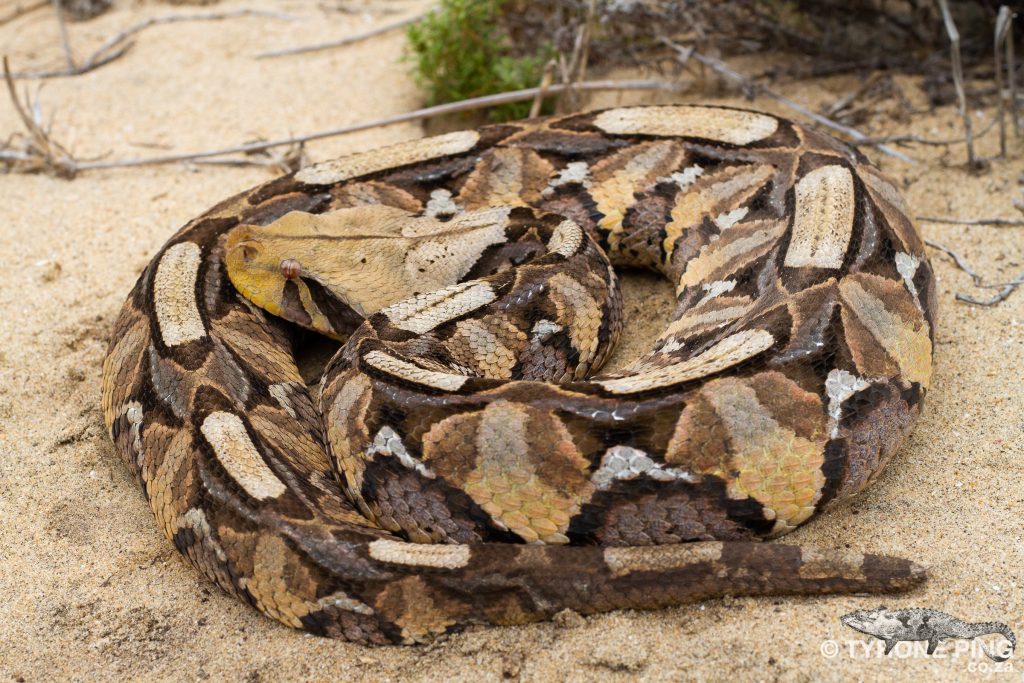
The skin and scales of moss-dwelling snake species often show specialized adaptations that enhance their camouflage capabilities during motionless periods. Many feature highly textured scales with microscopic ridges and patterns that mimic the texture of surrounding moss and vegetation. Some species have evolved specialized pigmentation cells that can subtly adjust coloration over time to better match their surroundings, though not with the rapid color-changing abilities of some lizards. The scale structure of these specialized snakes often includes irregular edges or projections that break up the smooth outline typically associated with serpents. Perhaps most impressively, some species develop a biofilm of symbiotic microorganisms on their scales that enhances camouflage while providing additional benefits like antimicrobial protection—essentially incorporating living elements of their environment into their bodies.
Conservation Challenges for Moss-Dwelling Specialists
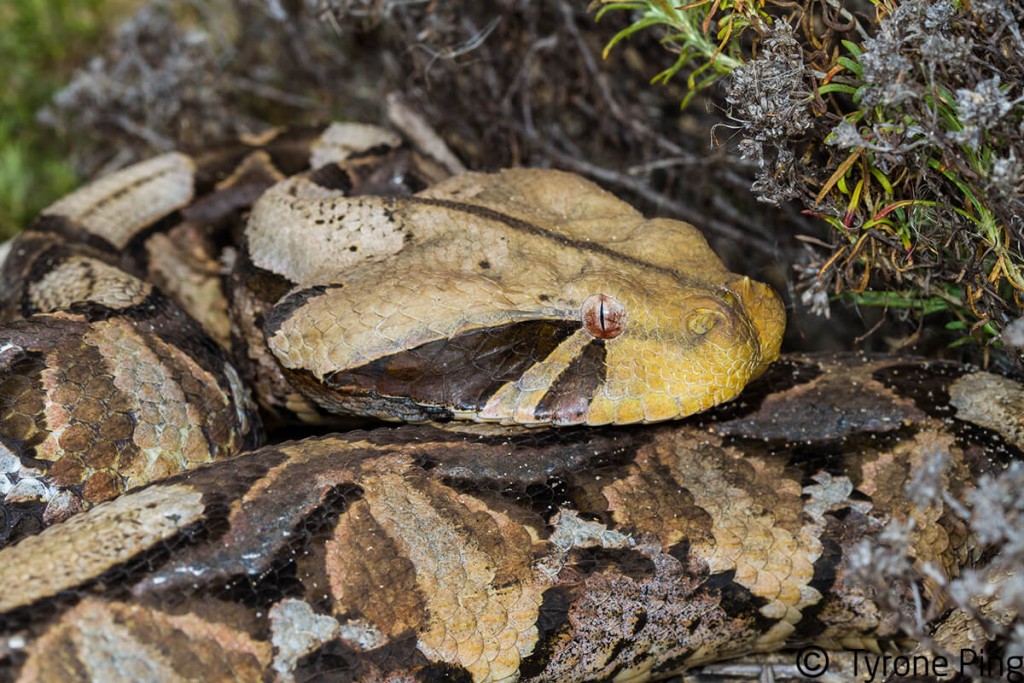
The highly specialized nature of these moss-dwelling snake species makes them particularly vulnerable to environmental changes and habitat loss. Deforestation represents one of the most significant threats, destroying the forest floor ecosystems where moss flourishes and eliminating the complex microhabitats these snakes require. Climate change poses another serious challenge, as altered precipitation patterns affect moss growth and distribution, potentially eliminating suitable habitat even in ostensibly protected areas. The specialized hunting strategy of extended motionlessness makes these species particularly vulnerable to starvation if prey populations decline, as they cannot simply increase hunting effort to compensate. Conservation efforts for these remarkable reptiles necessarily focus on habitat preservation, with particular attention to maintaining the intact forest floor ecosystems where moss naturally flourishes and creating protected corridors that allow population connectivity and genetic exchange.
Studying the Unseen: Research Challenges

The very adaptations that make these snakes successful in the wild create significant challenges for researchers attempting to study them. Their exceptional camouflage and motionless behavior make traditional observational studies extraordinarily difficult, with researchers sometimes spending hundreds of hours to collect minimal data on natural behaviors. Modern technology has begun to address these challenges, with thermal imaging cameras allowing detection of hidden snakes based on the slight temperature differential between their bodies and the surrounding environment. Radio telemetry and miniaturized GPS tracking systems have revolutionized our understanding of movement patterns and habitat selection, though the surgical implantation of such devices presents its own set of challenges. Perhaps most promising are environmental DNA (eDNA) sampling techniques, which can detect the presence of specific snake species from skin cells shed into the environment, allowing researchers to confirm presence without ever observing the animal directly.
The remarkable ability of certain snake species to remain motionless under moss for days represents one of nature’s most perfect examples of evolutionary specialization. Through a combination of physiological adaptations, exceptional camouflage, and behavioral patience, these serpents have carved out a successful ecological niche that minimizes energy expenditure while maximizing hunting success. As we continue to study these secretive reptiles, we gain not only a deeper appreciation for their remarkable adaptations but also critical insights into the complex relationships between predators, prey, and their environments. In a world increasingly dominated by human activity, the protection of these specialized species and their moss-covered habitats becomes not just a conservation priority but a way of preserving some of nature’s most extraordinary evolutionary achievements.





